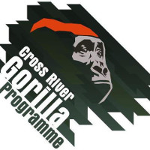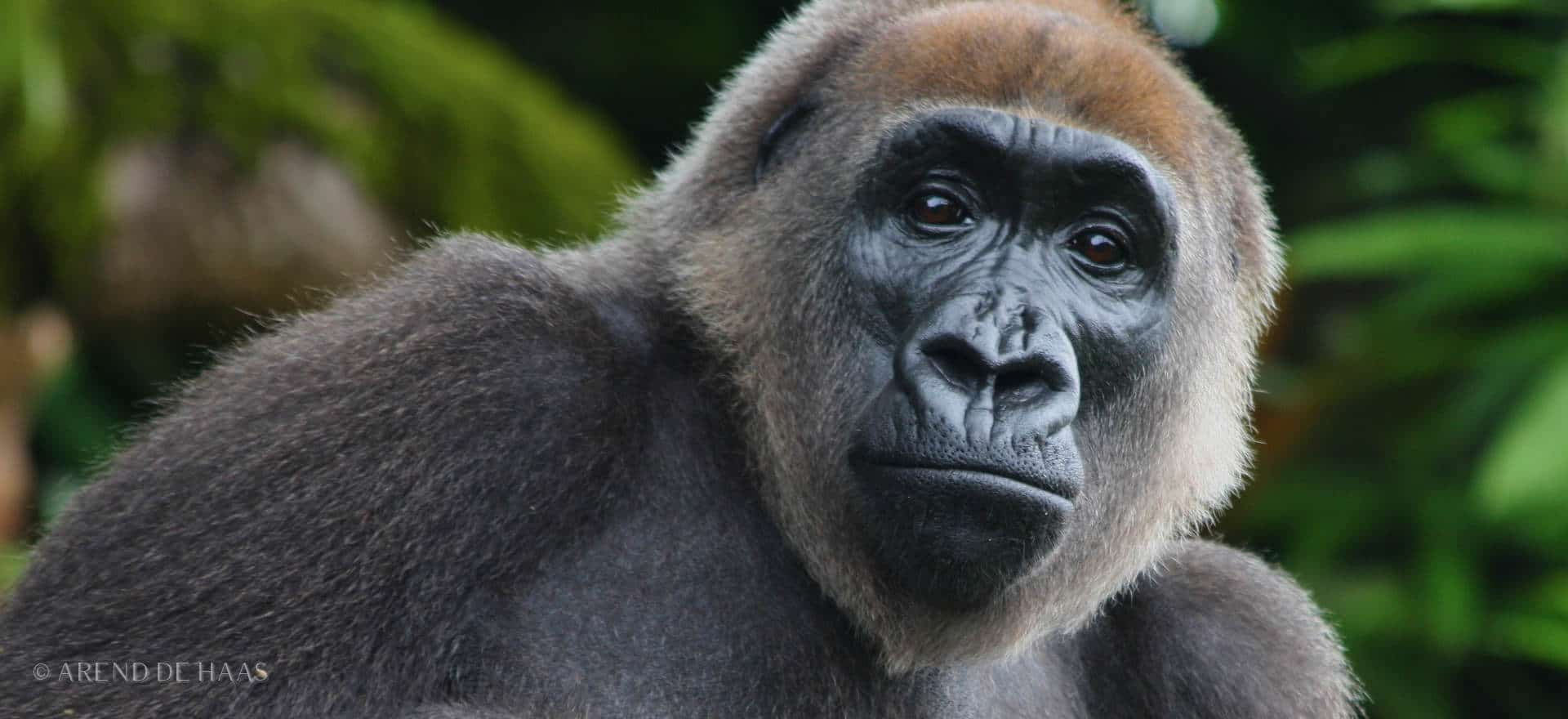Bushmeat Trade
In many communities, bushmeat makes up a large proportion of the animal protein being eaten, up to 84% in some communities living near the rainforest in Nigeria. There is widespread demand, with many people preferring it to domestic meats. A few villages rely on bushmeat because they do not have access to any other source of animal protein.
The trade involves a number of stages: hunters and trappers sell their catch to middlemen who carry it to markets that may be a long way from where the animal was caught. This can make it appear to buyers that there is an inexhaustible supply, when in fact the animals have been hunted to extinction in the local area. It is common for bushmeat to be brought into Nigeria over the border from Cameroon.
People travel from far and wide to buy meat at these markets, but it is also sold in numerous other places, such as hotels, restaurants and at the roadside. In order to avoid detection, much of this trade happens in the early mornings, at weekends and on holidays, when officials are not working, and meat is often moved along back routes and tracks. The clandestine methods used by bushmeat traders imply that the measures taken to prevent this trade are working, but there is still some way to go, since it does continue.
Some species have also been sold for ritual and fetish uses, souvenirs and decorative functions, and when captured alive, as pets. Gorilla skulls have traditionally been kept as trophies.
Possible measures against the trade of bushmeat are improving law enforcement, providing paramilitary training and better equipment for park rangers, making boundary demarcation clearer so that hunters can’t claim ignorance of their being in a protected area, educating people about bushmeat, providing alternatives for those who can’t currently access them and encouraging the domestication of suitable forest species to provide meat for those who prefer its taste.
Impact on Cross River Gorillas
The illegal trade in captured gorillas as pets is known to go on in this part of the world. Hunters may have to kill a number of gorillas including the mother before they can take a young gorilla, and the infant is unlikely to survive since it requires specialist care. There is only one confirmed Cross River Gorilla in captivity, which was rescued from a trader and is now at Limbe Wildlife Centre in Cameroon. Education efforts in the region and lobbying at a governmental level are beginning to have an impact on this trade.
A lack of educational opportunities means that many young people stay at home to hunt, trap, fish, or collect non-timber forest products rather than go to school. Whole families pitch in to clear more farmland, often to grow crops for personal use rather than sale. When daily subsistence requires so much time and effort, it is difficult to increase awareness of conservation issues.
There have been no recorded cases of epidemic disease in the Cross River Gorilla, but any infectious agent such as Anthrax or Ebola, which could be spread by the people or livestock that are closing in on the gorilla ranges, could devastate a small population if it were introduced.
The spread of the Cross River Gorilla’s habitat, straddling the Nigeria-Cameroon border, presents organisational and legislative difficulties. While the level of protection can vary across national boundaries, these are not barriers recognized by wild animals- one Cross River Gorilla group actually ranges on either side of the border, between Takamanda and the Cross River National Park. Cooperation between the rangers in these two areas has led to the first survey conducted by a joint team, in 2007. With the elevation of the Takamanda Forest Reserve to the status of a National Park, these border crossing gorillas should be better protected.

